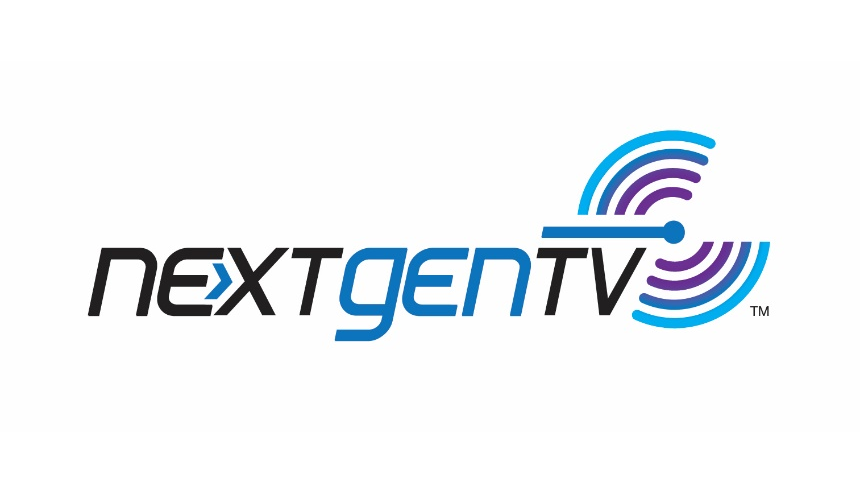
Public broadcasters have played a vital role in their communities and across the country for years, frequently bringing to the public programming and ideas that otherwise might not have seen the light of day on commercial television.
So, it shouldn’t be too surprising that a pair of novel ideas about how public broadcasters can better serve viewers by advancing reception of 3.0 were proposed during the Public Media Venture Group’s Public Media Technology Summit on the eve of the 2023 NAB Show in Las Vegas.
First up is an idea from Jerome McDonald, chairman of the Western Sanders County TV District—a TV translator service district in Montana.
McDonald proposed special districts, such as those responsible for firefighting and public safety, launch bond initiatives to fund deployment of NextGen TV receivers for residents in their service areas to ensure reception of ATSC 3.0-delivered Advanced Emergency Information (AEI) messages.
His proposal was particularly eye-opening for those unfamiliar with special districts. Currently, there are more than 30,000 single-purpose districts across the United States that deal with various public concerns ranging from mosquito abatement and sewage to fire protection, flood control and highways. That number does not include school districts, he added.
“Bonding,” as McDonald puts it—not the cellular IP type for ENG, but rather for funding public works—could be the right mechanism to advance the public’s uptake of NextGen TV.
As McDonald sees it, funding 3.0 receivers—set-top boxes, HDMI dongles or even NextGen TVs—as part of a public safety service is reasonable and appropriate for certain special districts. What’s needed is a focused effort to educate the people on the boards of these districts about how 3.0 reception will advance their specific missions with the public. That’s a perfect mission for public broadcasters, said McDonald.
Next up is an idea presented on behalf of Madeleine Noland, president of the Advanced Television Systems Committee, by Jerry Whitaker, ATSC vice president for standards, during the PMVG conference. (Noland was scheduled to present the conference keynote on April 14 but was delayed in arriving in Las Vegas due to the torrential rains in Florida.)
The idea is simple. Identify a market or portion of a market with a relatively small population. Under the leadership of a public broadcaster, in other words funding from that broadcaster, outfit all households in the market with NextGen TV receivers and do a flash cut to ATSC 3.0.
Not only would the broadcaster be able to advance its mission of better serving the public in its coverage area with additional programming and the other benefits the standard brings to broadcasting, but the effort could demonstrate to regulators a path forward for accelerating 3.0 and hastening sunsetting of legacy DTV.
Given the FCC’s announcement that it too is looking for ways to move 3.0 along and end 1.0 without disenfranchising millions of DTV households, these ideas—or a combination of the two—could prove to be important parts of the solution it seeks.







